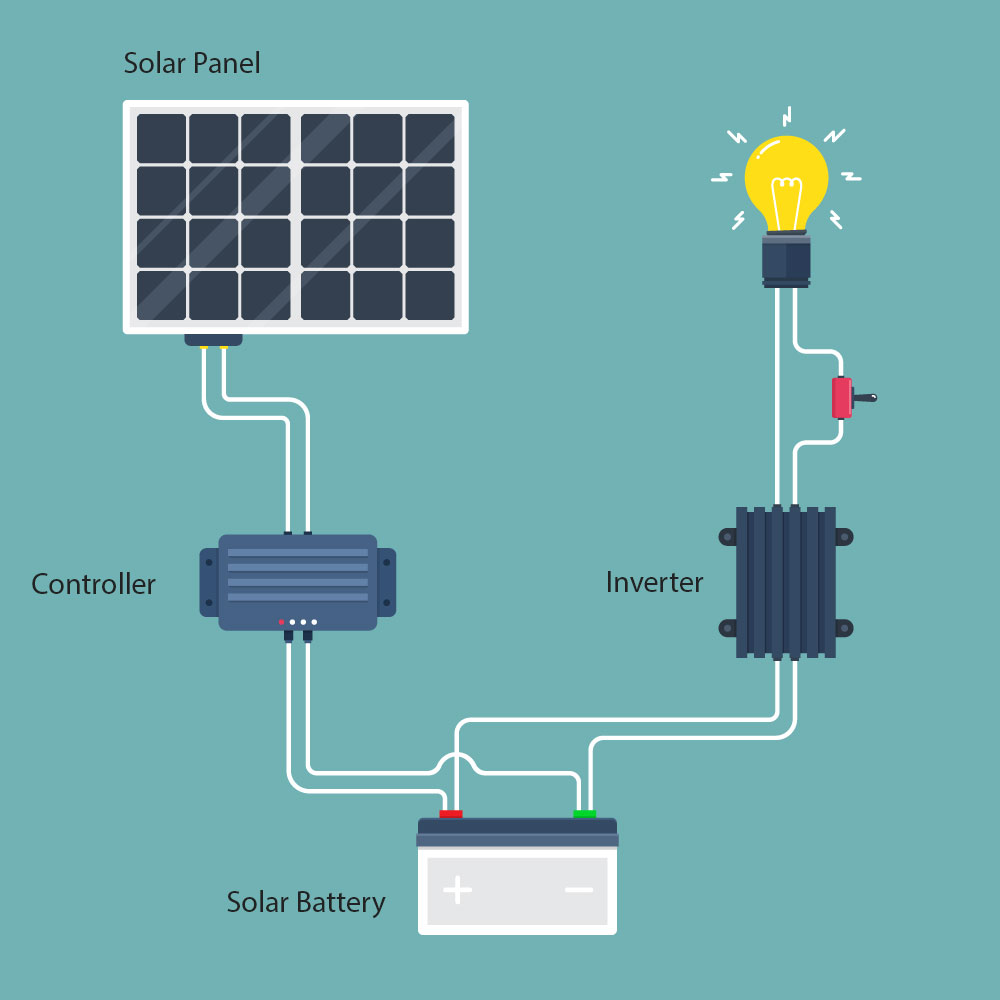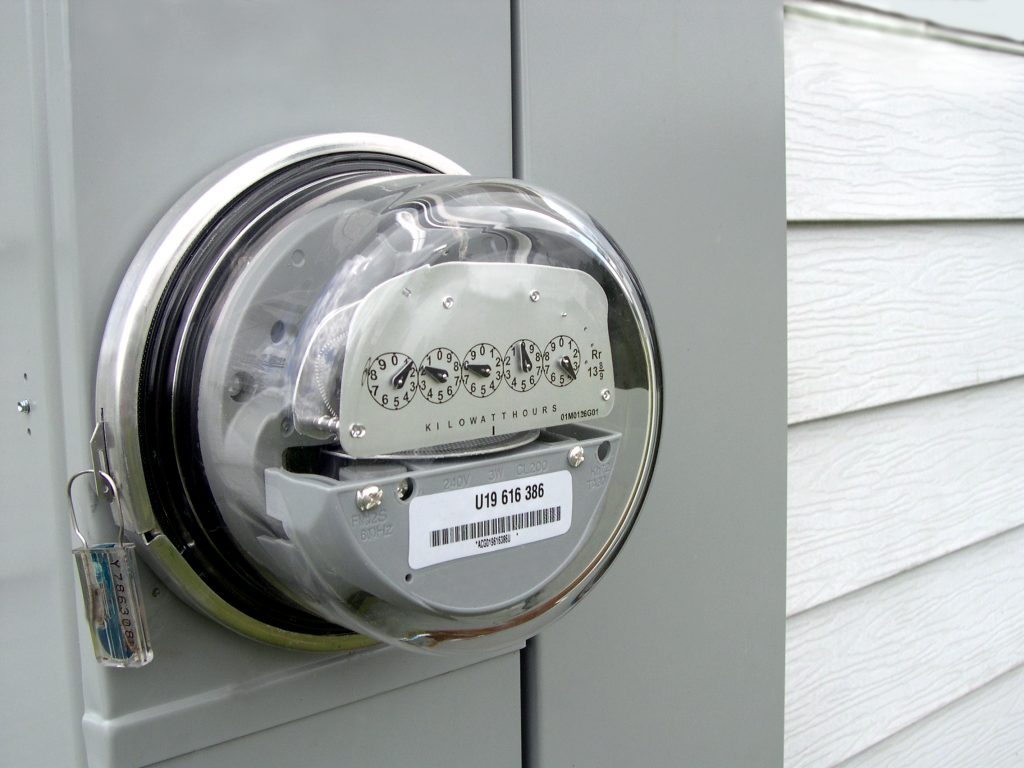With the introduction of Net Energy Metering (NEM) 3.0 in California, homeowners now have an excellent opportunity to maximize their energy bill savings through the strategic use of solar panels and battery storage systems. This article outlines the best strategies for California residents to optimize their solar and battery investments, take full advantage of NEM 3.0, and achieve significant long-term savings on their energy bills.
- Right-Sizing the Solar System: To maximize savings, it is crucial to install a solar system that matches your household’s energy needs. Conduct an energy audit to determine your average daily electricity consumption and design a solar panel system accordingly. Oversizing the system may result in excess energy production that cannot be fully utilized, while undersizing might leave you relying more on the grid. Consulting with a reputable solar installer can help you find the optimal system size.
- Selecting Efficient Solar Panels: Choosing high-quality, efficient solar panels ensures maximum electricity generation from your rooftop. Look for panels with high conversion efficiency and durability. Additionally, consider the warranty offered by the manufacturer and the track record of the solar panel brand to ensure long-term reliability and performance.
- Integrating Battery Storage: Integrating battery storage with your solar panels is an effective strategy to maximize savings. During periods of excess solar production, the battery stores the surplus energy, which can then be utilized during evenings or peak demand hours. This reduces the reliance on grid electricity and further minimizes energy costs. Select a battery system that suits your needs, taking into account capacity, power output, and durability.
- Time-of-Use Optimization: Under NEM 3.0, many California homeowners are transitioning to Time-of-Use (TOU) rates. This means that the cost of electricity varies based on the time of day. Strategically using your stored battery energy during peak demand hours, when electricity prices are higher, can significantly reduce your energy bill. By shifting energy consumption to off-peak hours, you can maximize savings by using inexpensive grid electricity when your solar production is low.
- Smart Energy Management: Implementing smart energy management practices can further optimize your savings. Utilize energy-efficient appliances, LED lighting, and programmable thermostats to reduce overall energy consumption. By efficiently managing your energy usage, you can maximize the proportion of self-generated solar energy you consume, minimizing the need for grid electricity.
- Take Advantage of Incentives and Rebates: Explore the various financial incentives and rebates available for solar and battery installations. These can significantly reduce the upfront costs of your system and increase your overall savings. Research federal tax credits, state-level incentives, utility company programs, and local rebates to find the most cost-effective options.
Conclusion: By implementing these strategies, homeowners in California can make the most of their solar panel and battery storage investments under NEM 3.0, ensuring substantial savings on their energy bills. Right-sizing the solar system, selecting efficient panels, integrating battery storage, optimizing time-of-use rates, implementing smart energy management, and leveraging available incentives are key steps toward maximizing savings and achieving a more sustainable and cost-effective energy future. Embrace these strategies to not only reduce your energy expenses but also contribute to a greener environment and a resilient energy grid.










